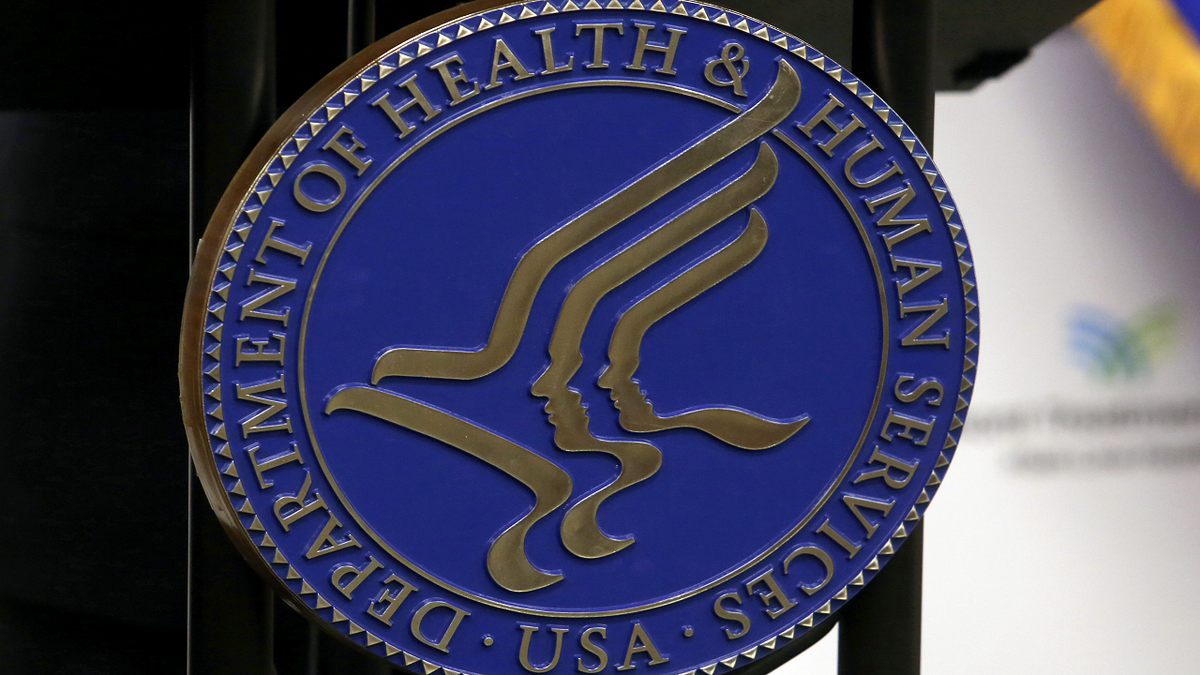
HHS Offers Buyouts to Employees Amid Federal Workforce Reduction Efforts
The Department of Health and Human Services (HHS) is offering its employees a substantial financial incentive, up to $25,000, to voluntarily leave the agency. This move comes as part of a broader initiative to downsize the federal workforce, echoing goals previously articulated by former President Donald Trump. The HHS, now under the leadership of Secretary Robert F. Kennedy, Jr., has secured authorization from the Office of Personnel Management (OPM) to implement these Voluntary Separation Incentive Payments (VSIPs), commonly known as buyouts.
The OPM, which oversees the federal government’s workforce management, permits agencies undergoing downsizing or restructuring to offer these lump-sum payments as an inducement for employees to voluntarily separate from their positions. According to an email disseminated to HHS employees on Friday, the incentive targets individuals in roles deemed surplus or possessing skills no longer in high demand within their respective departments.
This initiative spans across various agencies within the HHS umbrella, encompassing vital public health and healthcare organizations such as the Centers for Disease Control and Prevention (CDC), Centers for Medicare & Medicaid Services (CMS), Food and Drug Administration (FDA), and the National Institutes of Health (NIH). The widespread availability of the buyout underscores the comprehensive nature of the downsizing effort.
Moreover, the OPM’s guidelines stipulate that employees eligible for optional or early retirement are also eligible to accept the buyout. This provision provides a pathway for seasoned employees to transition into retirement with a financial boost, while simultaneously contributing to the agency’s workforce reduction goals.
The OPM website explicitly states the rationale behind voluntary separation incentives. By encouraging employees to voluntarily depart from government service, agencies can mitigate the need for involuntary separations, which often involve costly and disruptive reductions in force (RIFs). RIFs can negatively impact employee morale and productivity, making voluntary buyouts a more palatable alternative for both the agency and its workforce.
The HHS currently employs approximately 80,000 individuals across its various departments and divisions, according to data from the Equal Employment Opportunity Commission (EEOC). The scale of the agency highlights the potential impact of the buyout program on the overall size and structure of the federal workforce.
The offer officially became available on Monday, and employees interested in availing themselves of the incentive must submit the necessary forms to their local HR offices by Friday at 5 p.m. The expedited timeframe underscores the urgency with which the HHS is pursuing this downsizing initiative.
The HHS holds the distinction of being the second-largest federal agency in terms of budgetary allocation. USASpending.gov reports that the agency accounts for 20.6% of America’s budget for Fiscal Year 2025, with a staggering $2.4 trillion in budgetary resources. The lion’s share of this funding is managed by the Centers for Medicare & Medicaid Services (CMS), which administers two of the nation’s largest healthcare programs. Only the Department of the Treasury possesses a larger budget than the HHS.
The significance of the HHS’s budget underscores the potential for cost savings through workforce reductions. By offering buyouts, the agency aims to streamline its operations and reduce its overall financial burden, contributing to broader efforts to manage federal spending.
While the buyouts are presented as a voluntary option for employees, the underlying context of potential workforce reductions may exert pressure on individuals to consider the offer. Employees in positions deemed redundant or facing uncertainty about their future roles within the agency may perceive the buyout as a more secure and financially sound option compared to the prospect of potential layoffs.
The potential ramifications of this downsizing initiative extend beyond the immediate financial implications. A reduction in the HHS workforce could impact the agency’s capacity to deliver essential public health and healthcare services. The CDC, for instance, plays a crucial role in responding to public health emergencies, while the FDA regulates the safety and efficacy of food and drugs. A diminished workforce could strain these agencies’ ability to fulfill their mandates effectively.
Moreover, the loss of experienced personnel could create challenges for the HHS in terms of institutional knowledge and expertise. Seasoned employees often possess invaluable insights and skills that are essential for the smooth functioning of the agency. Their departure could lead to a decline in efficiency and effectiveness, particularly in complex areas of healthcare policy and regulation.
The long-term effects of the HHS buyout program remain to be seen. It is crucial for the agency to carefully manage the downsizing process to minimize disruptions to essential services and ensure that the remaining workforce is adequately equipped to meet the challenges ahead. The HHS must also prioritize attracting and retaining qualified professionals to fill critical roles and maintain its capacity to protect and promote the health and well-being of the American public.
The HHS buyout program represents a significant development in the ongoing debate over the size and scope of the federal government. It highlights the tension between the desire to reduce government spending and the need to maintain effective public services. The success of this initiative will depend on the agency’s ability to balance these competing priorities and ensure that its workforce is well-positioned to meet the evolving needs of the nation.
